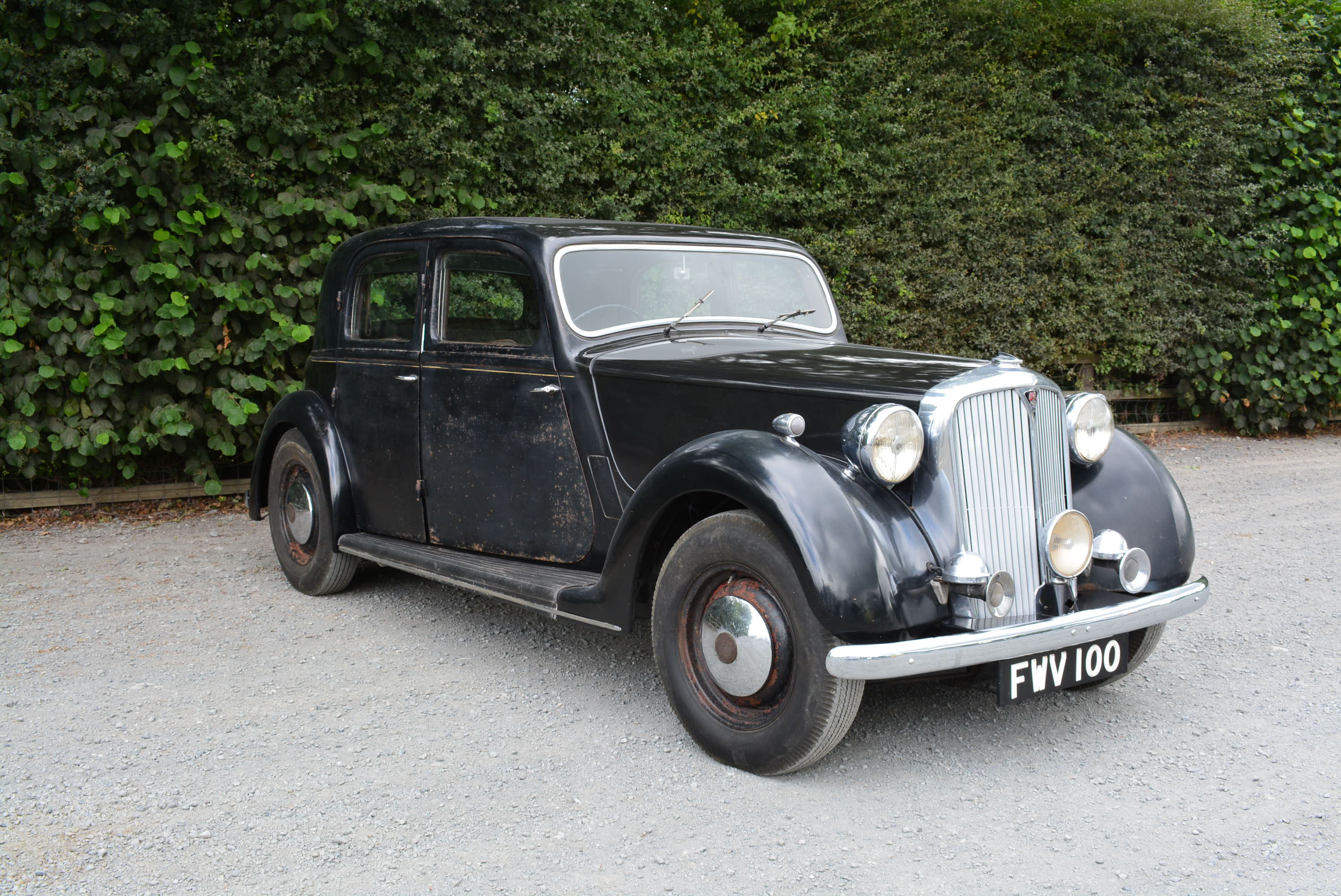
Click Here for Full Screen Image - Click Here to Download Image
 | 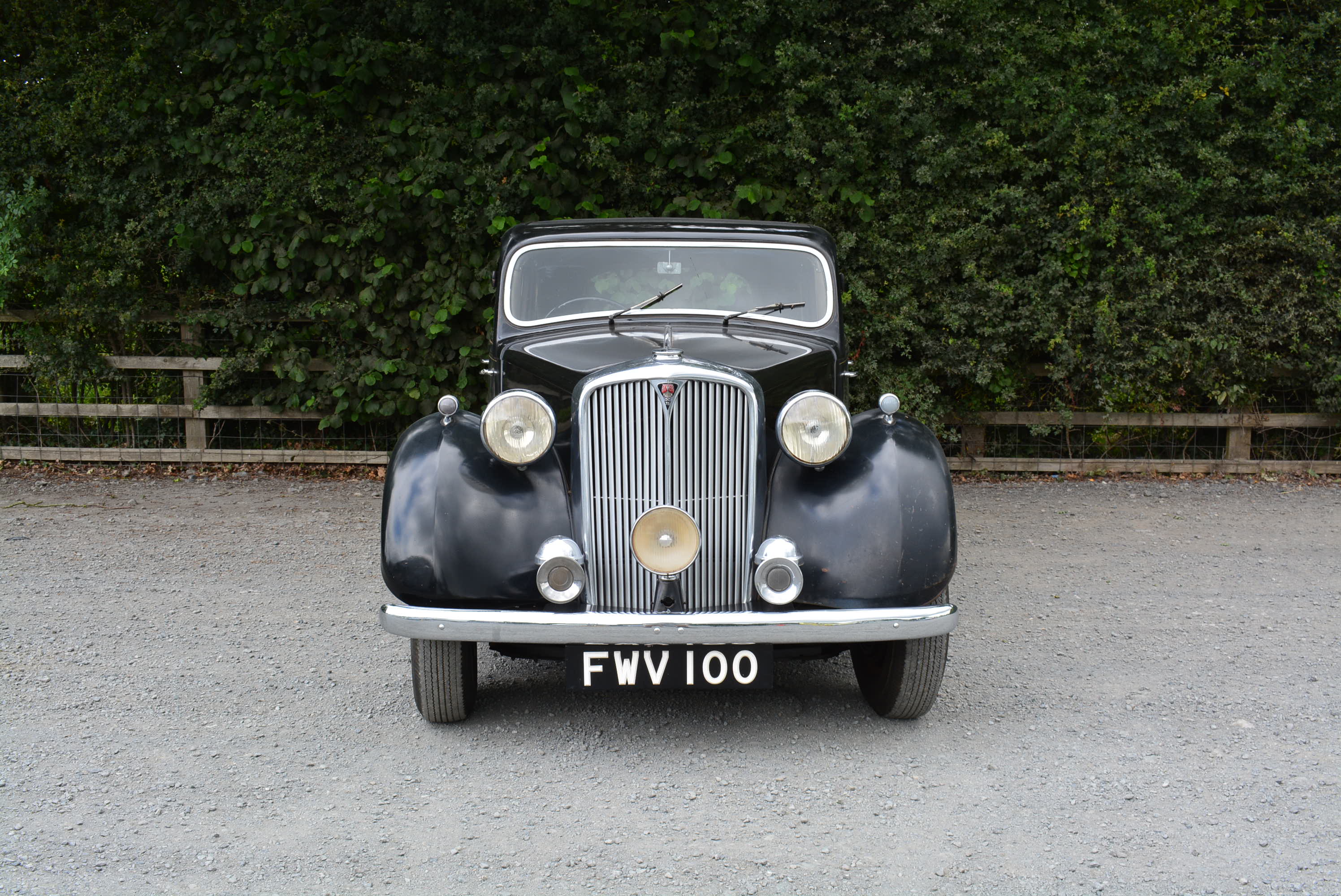 | 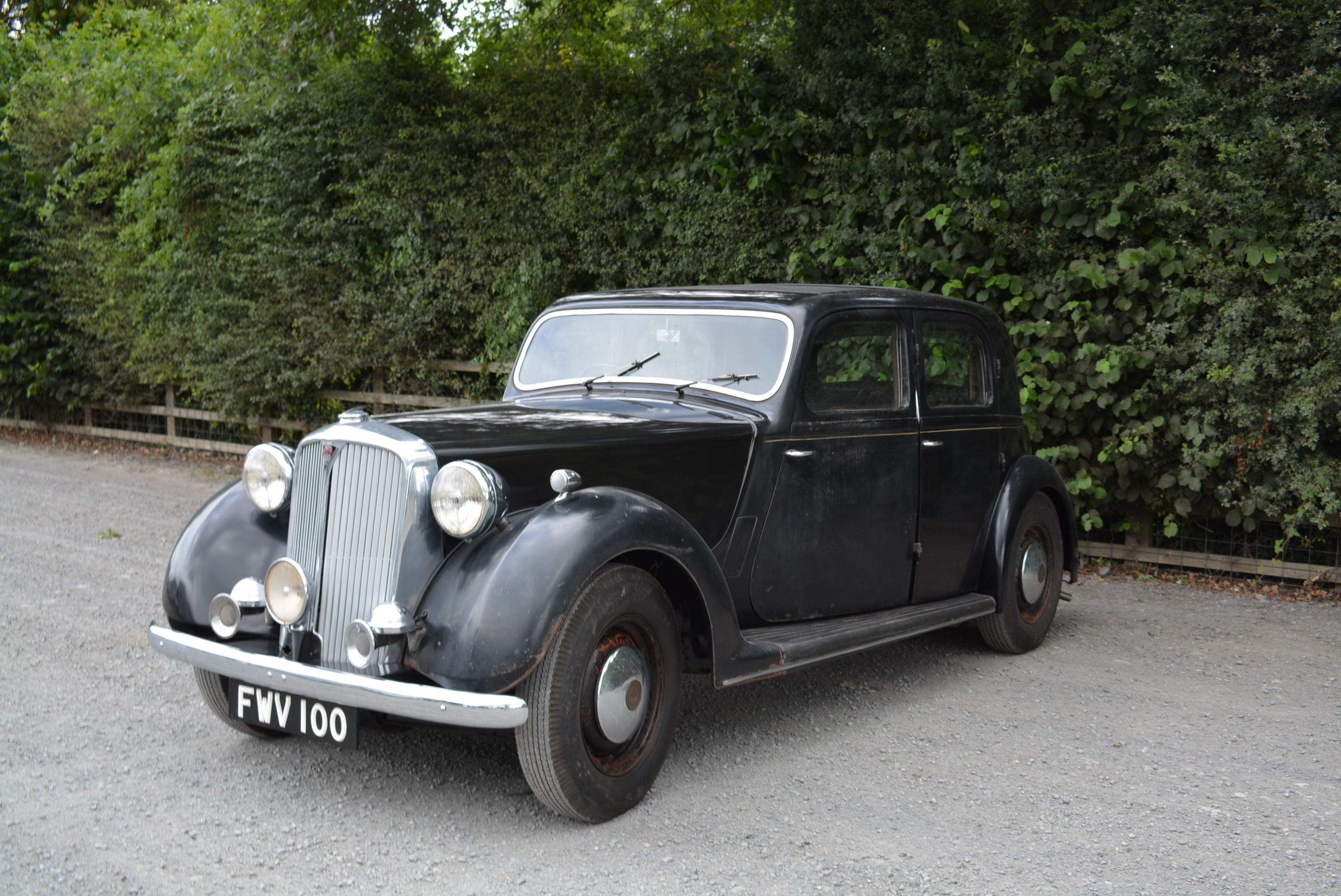 |  | 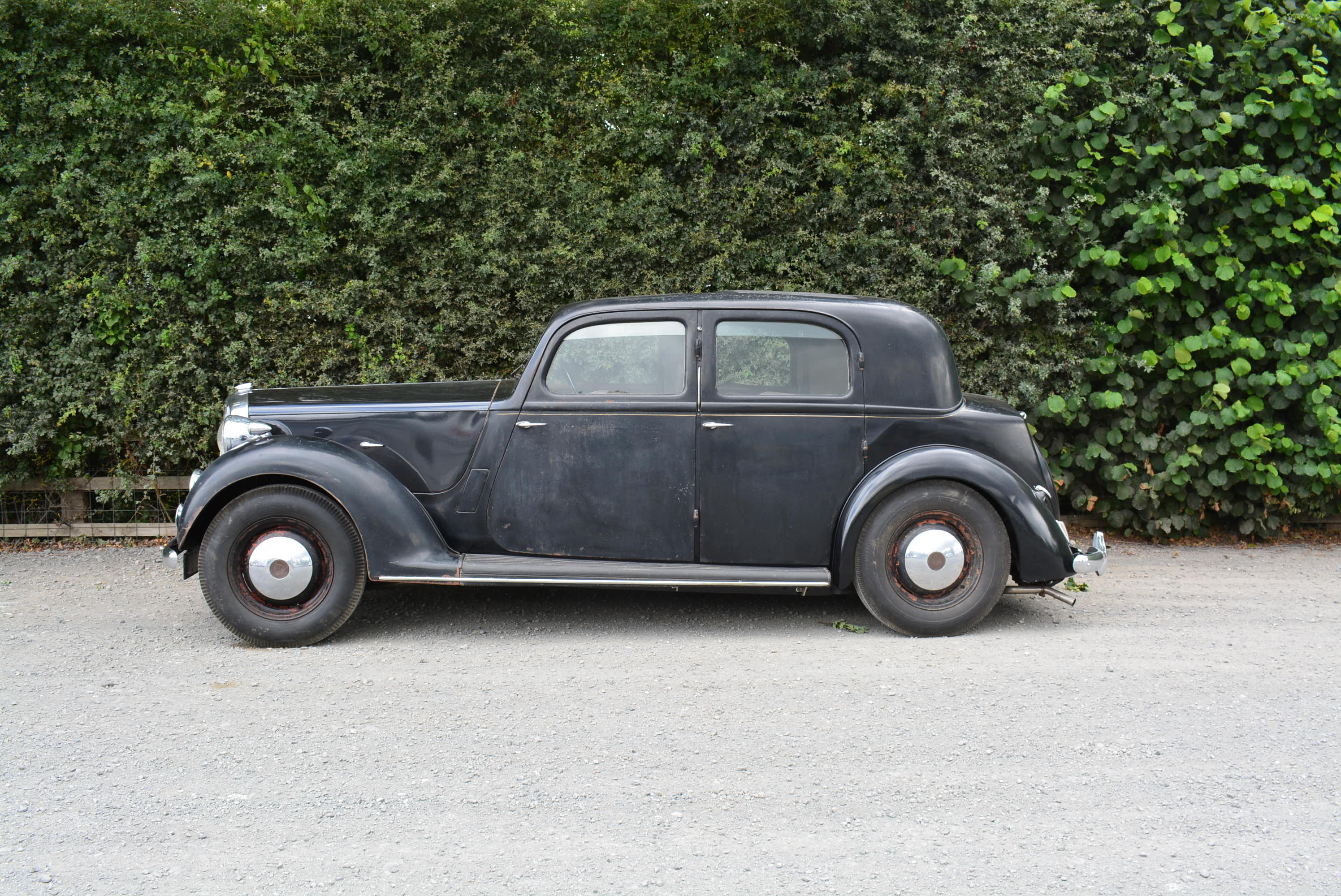 | |||||
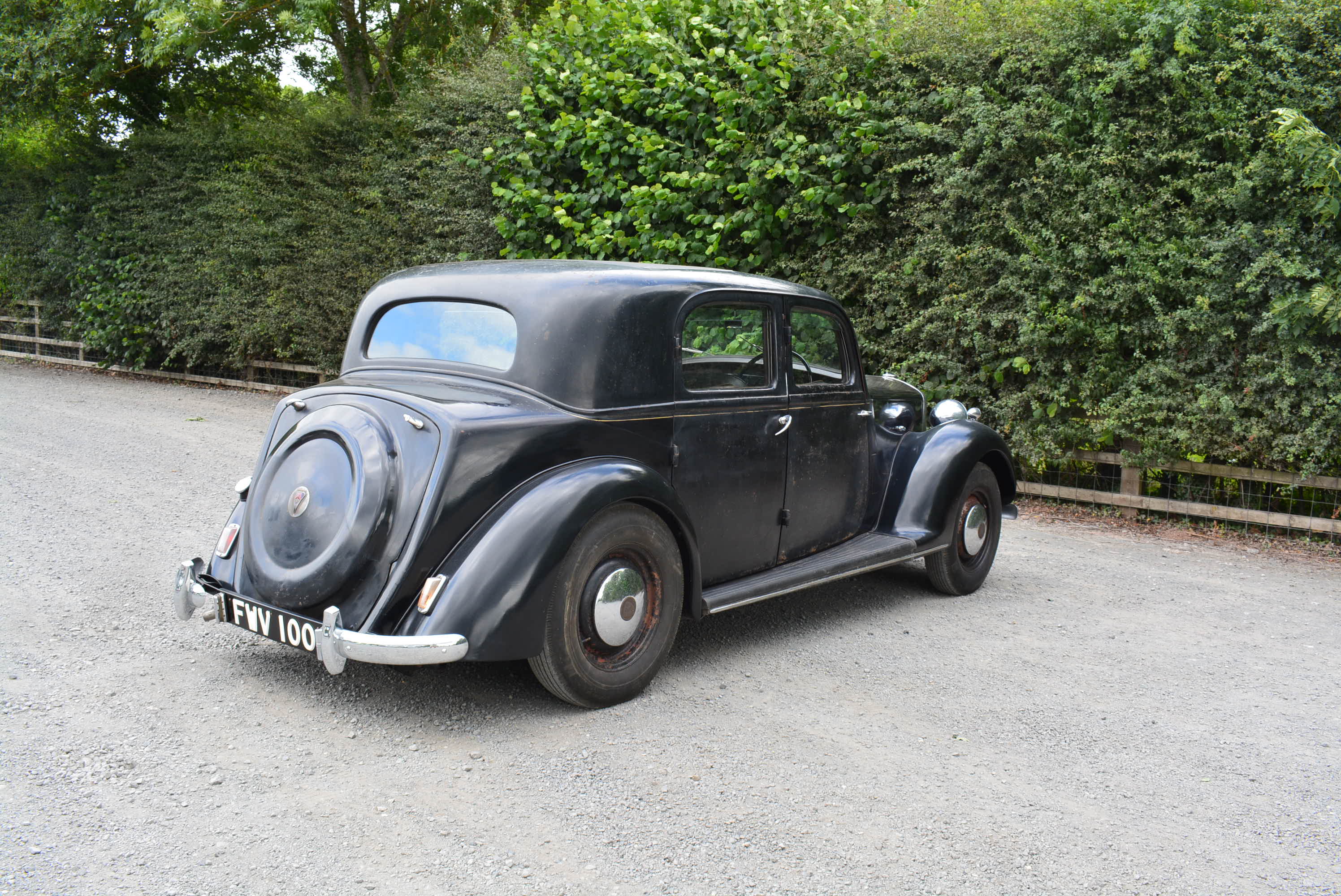 |  | 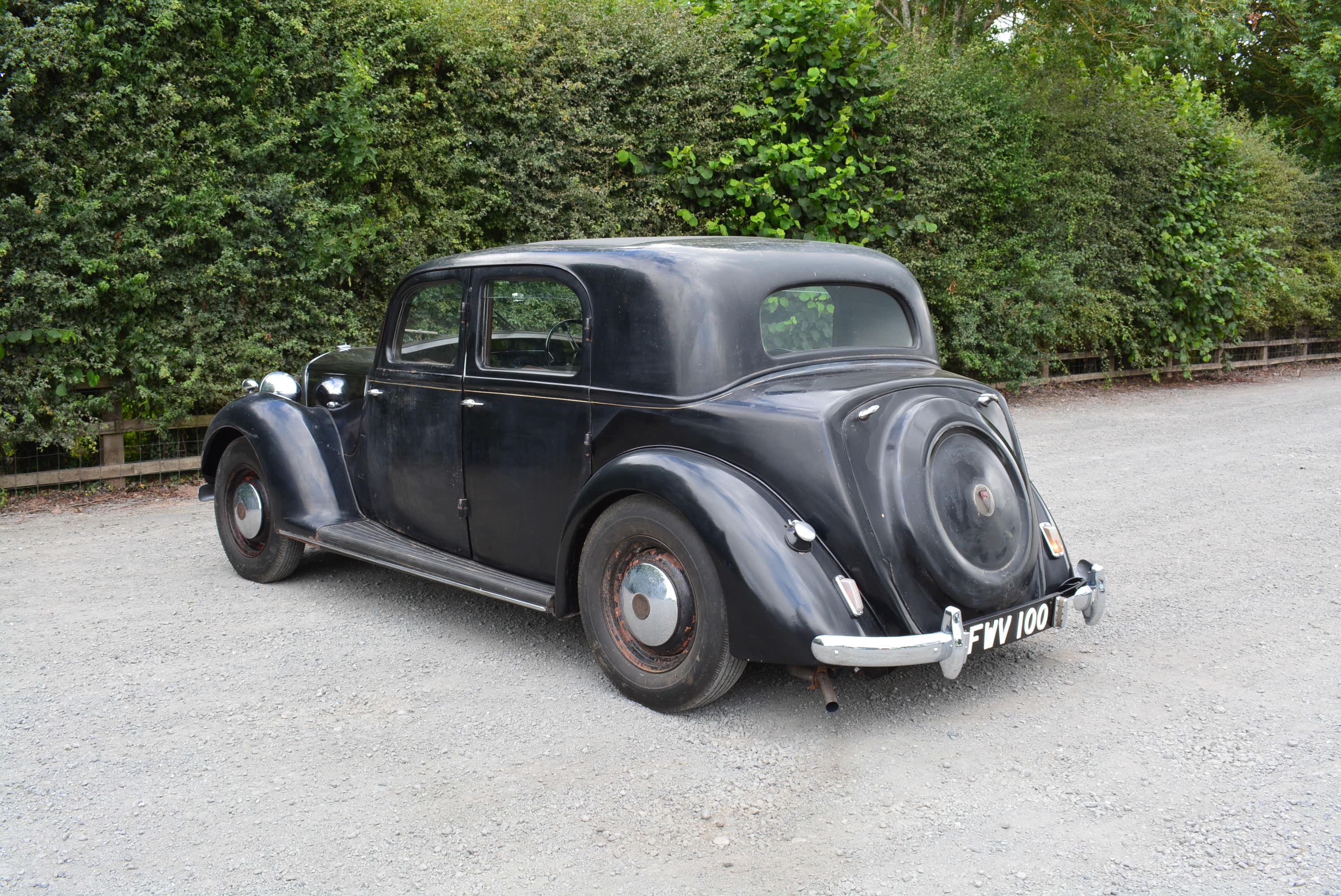 | 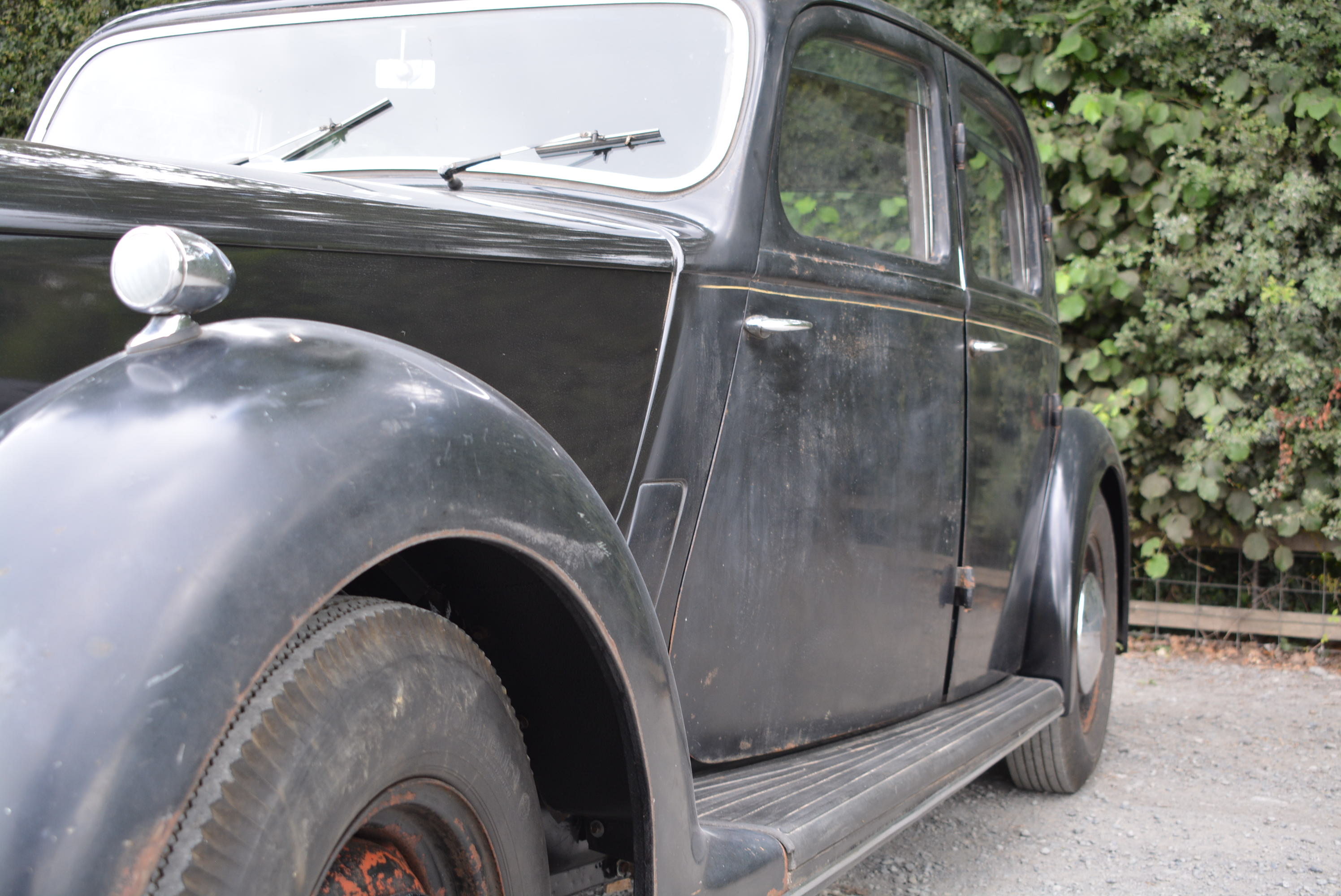 | 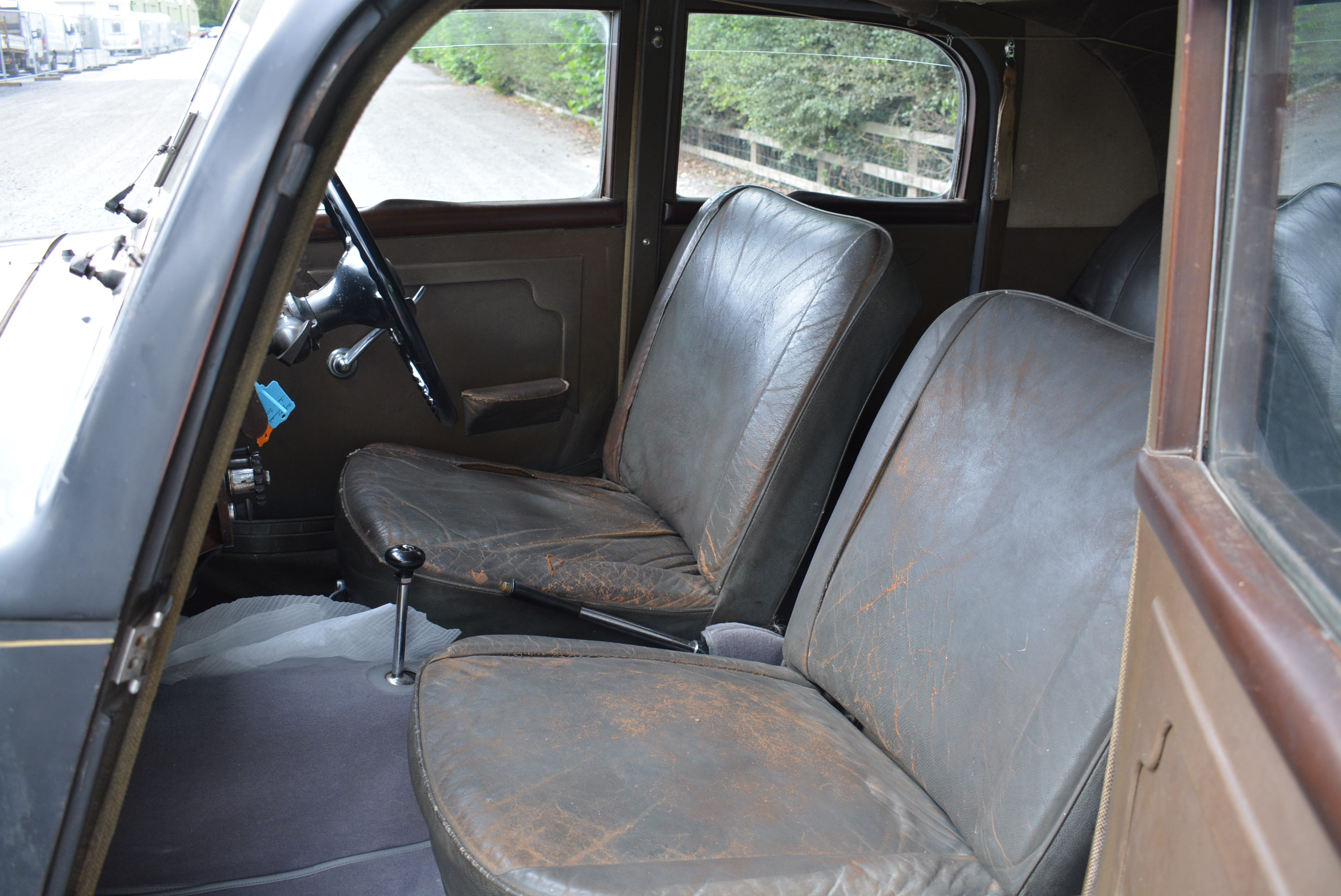 | |||||
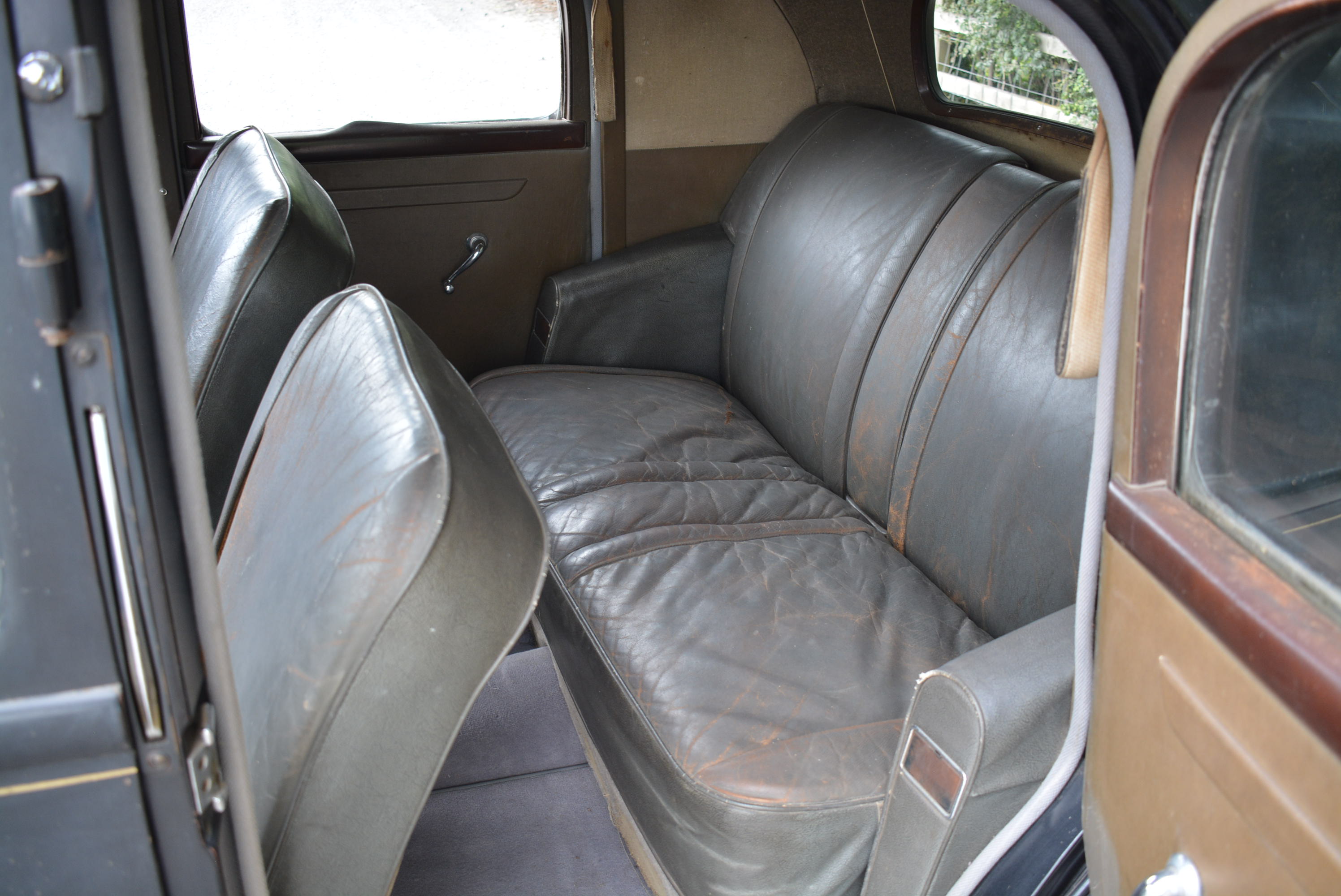 | 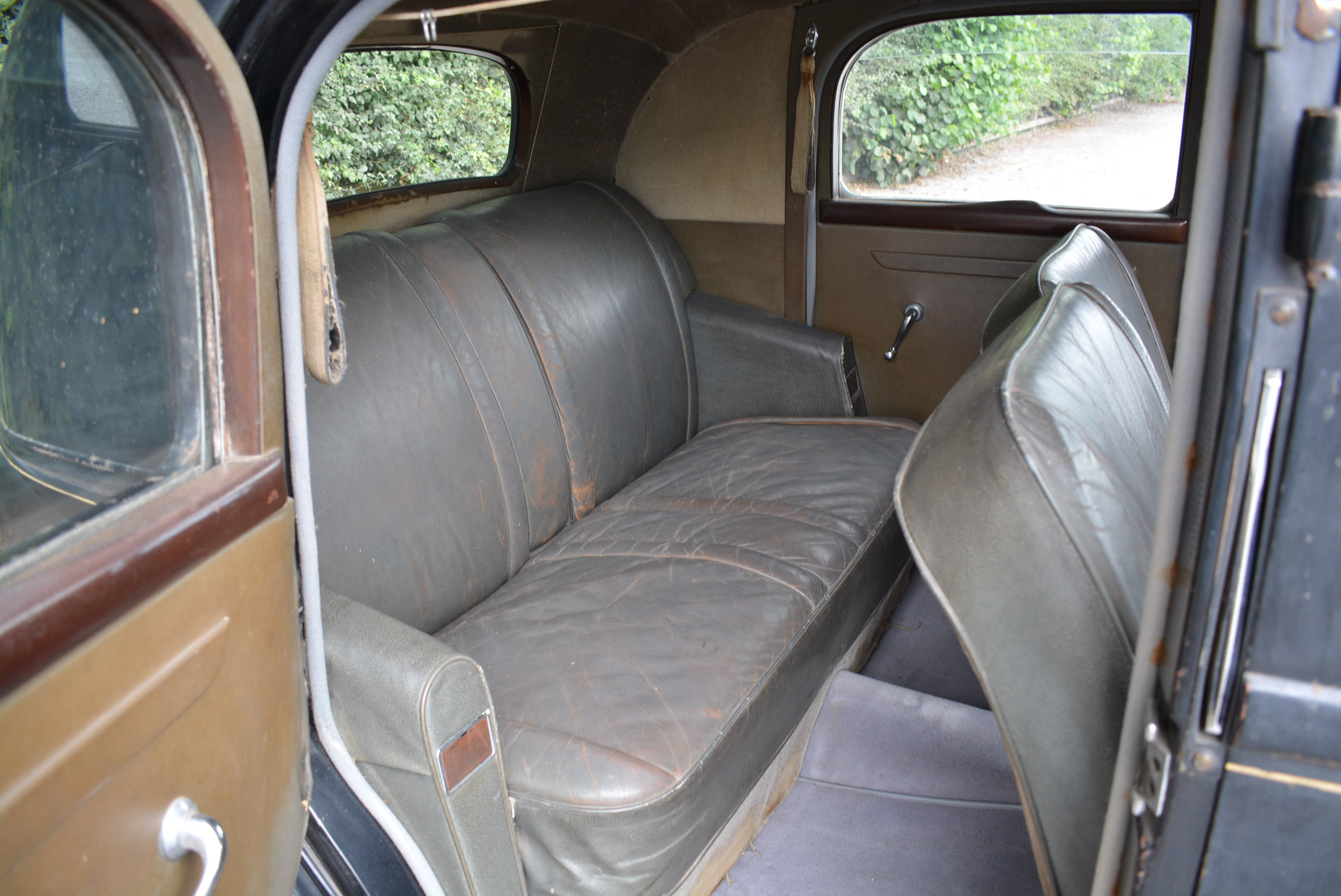 | 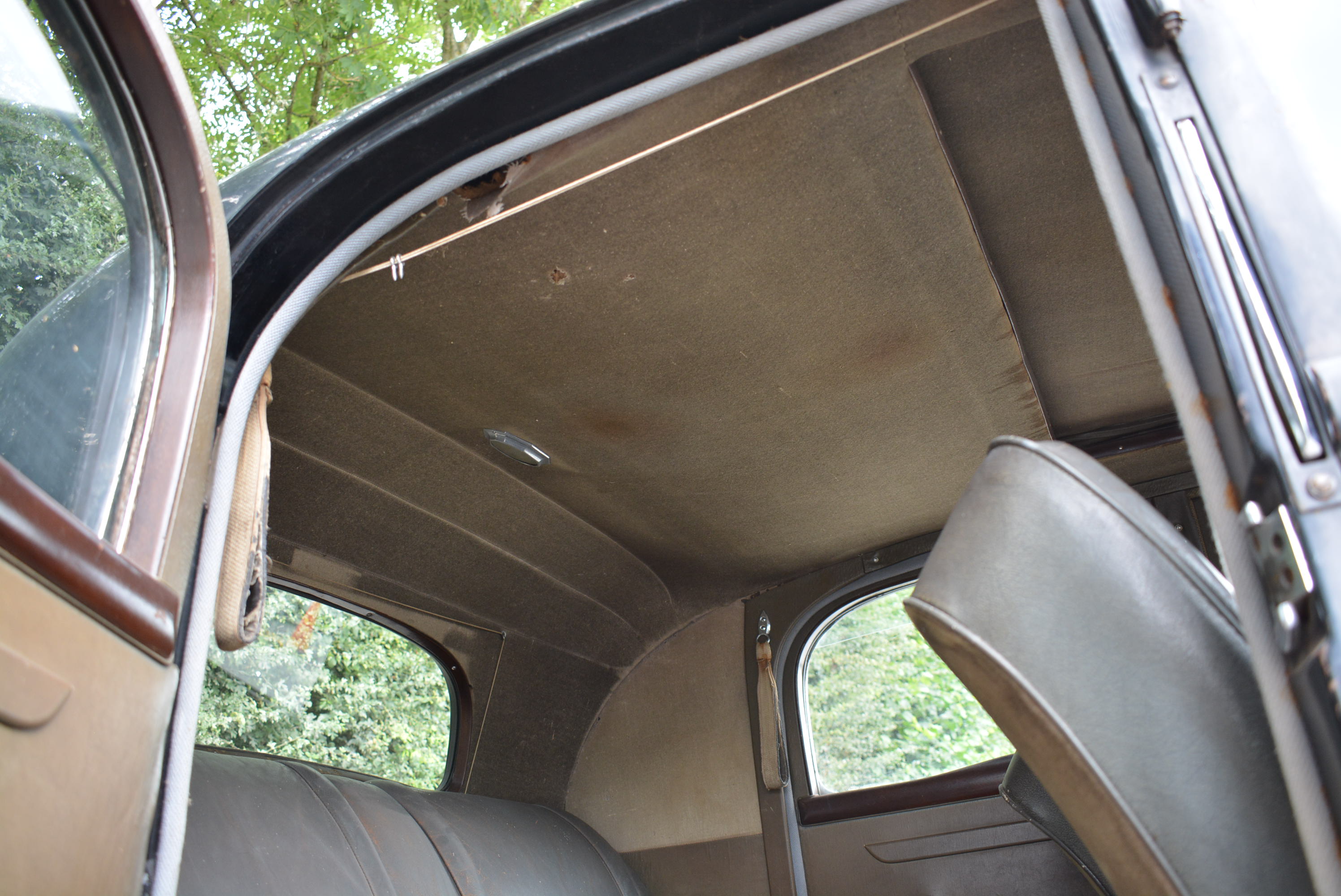 |  | 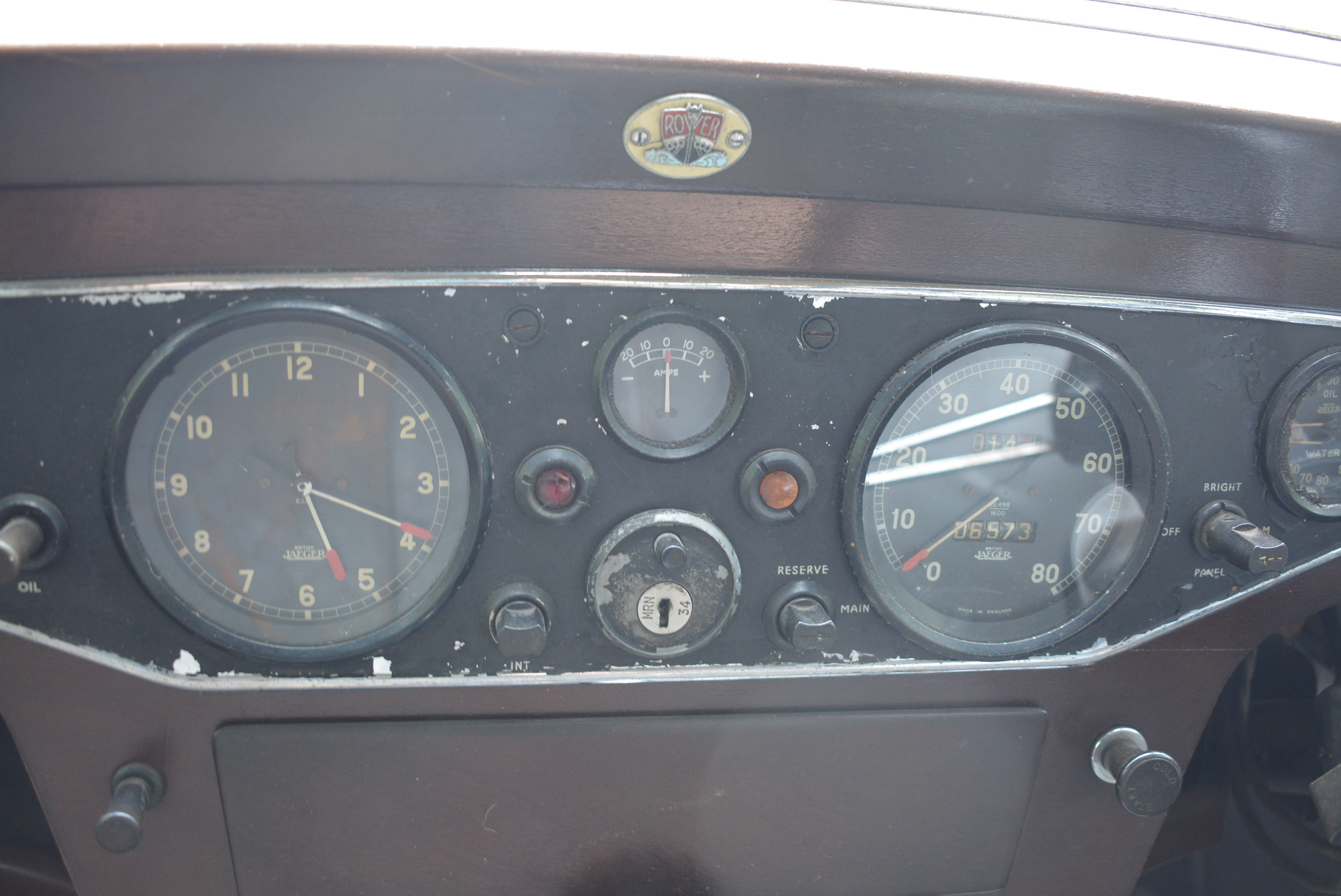 | |||||
 | 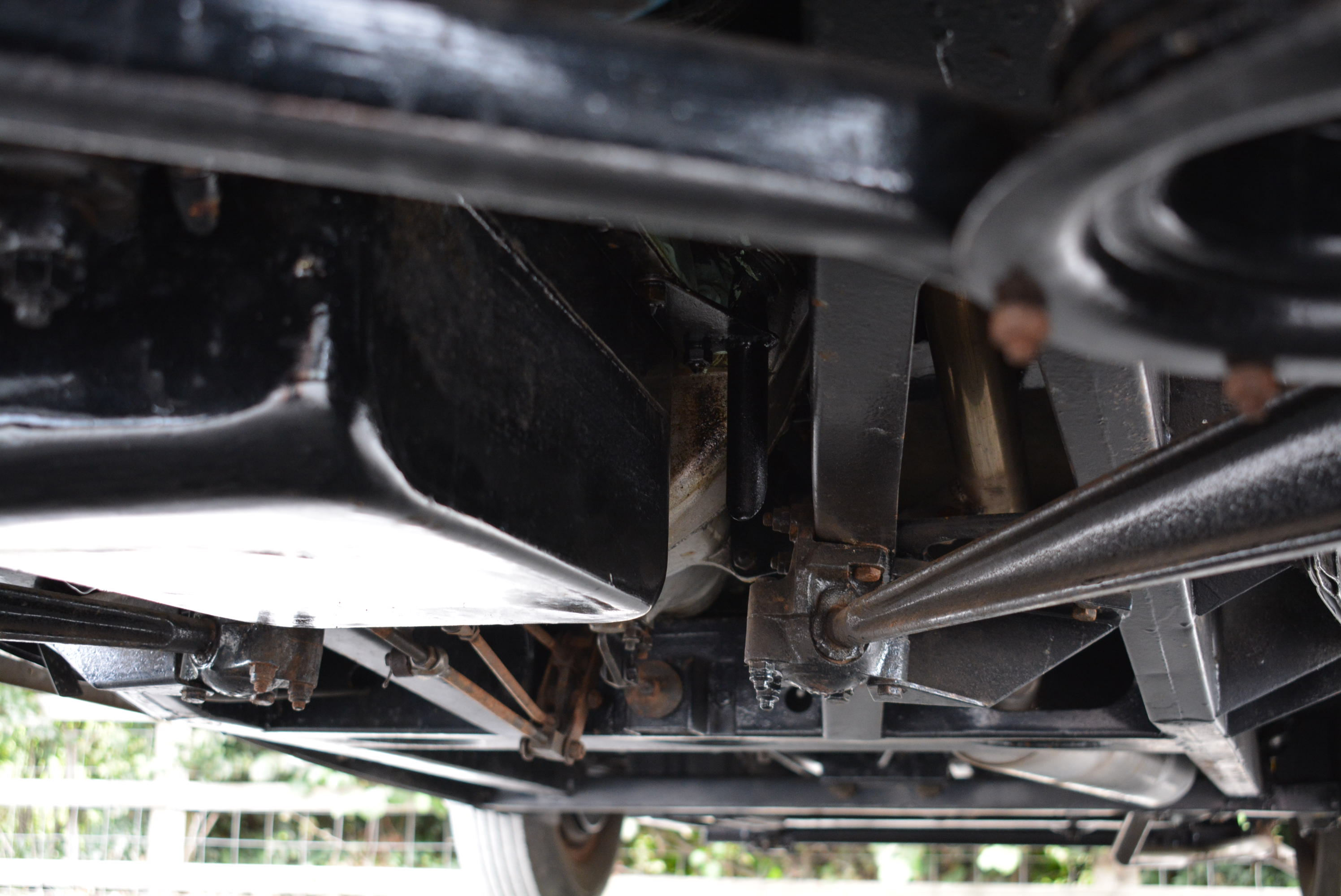 |  | 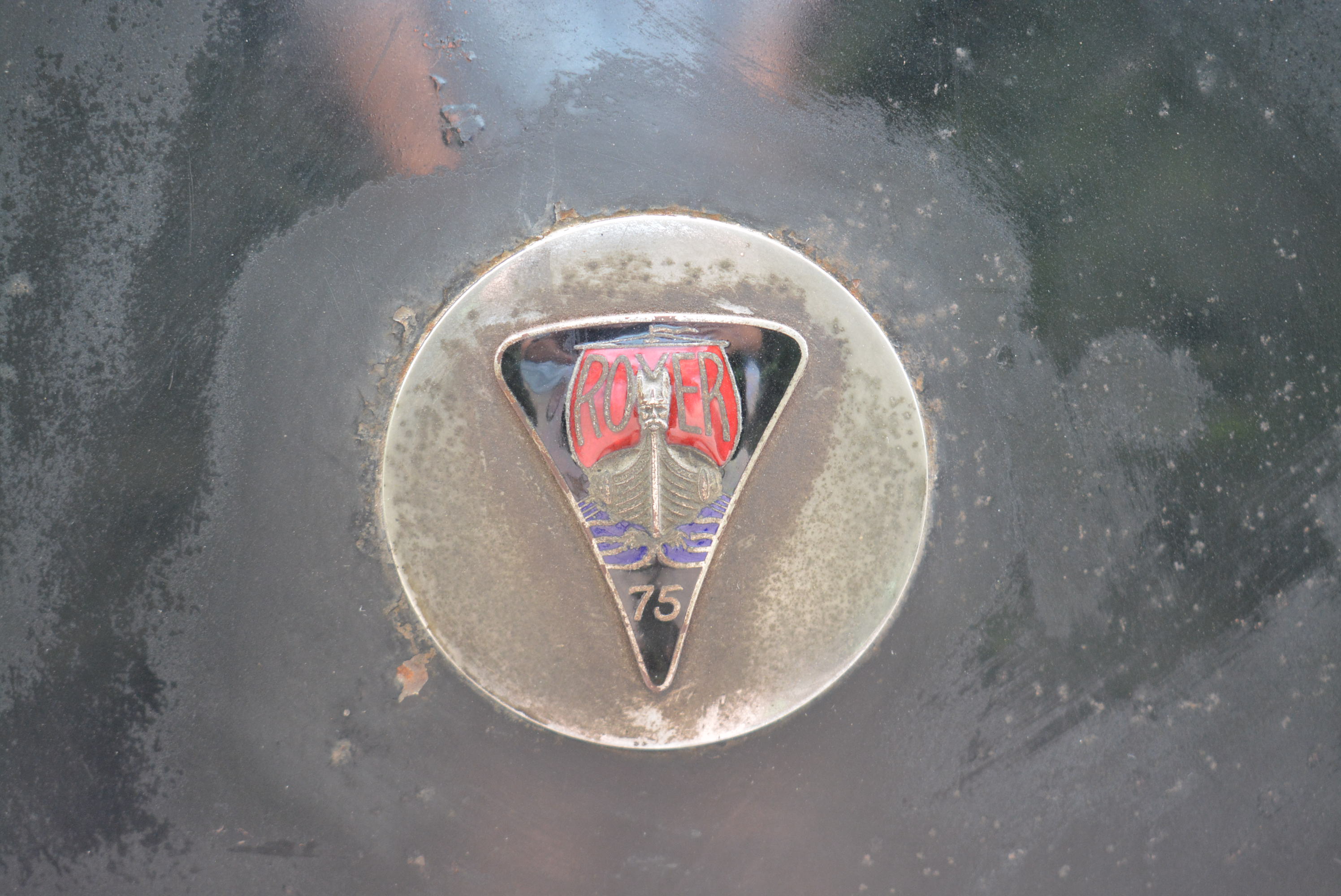 | 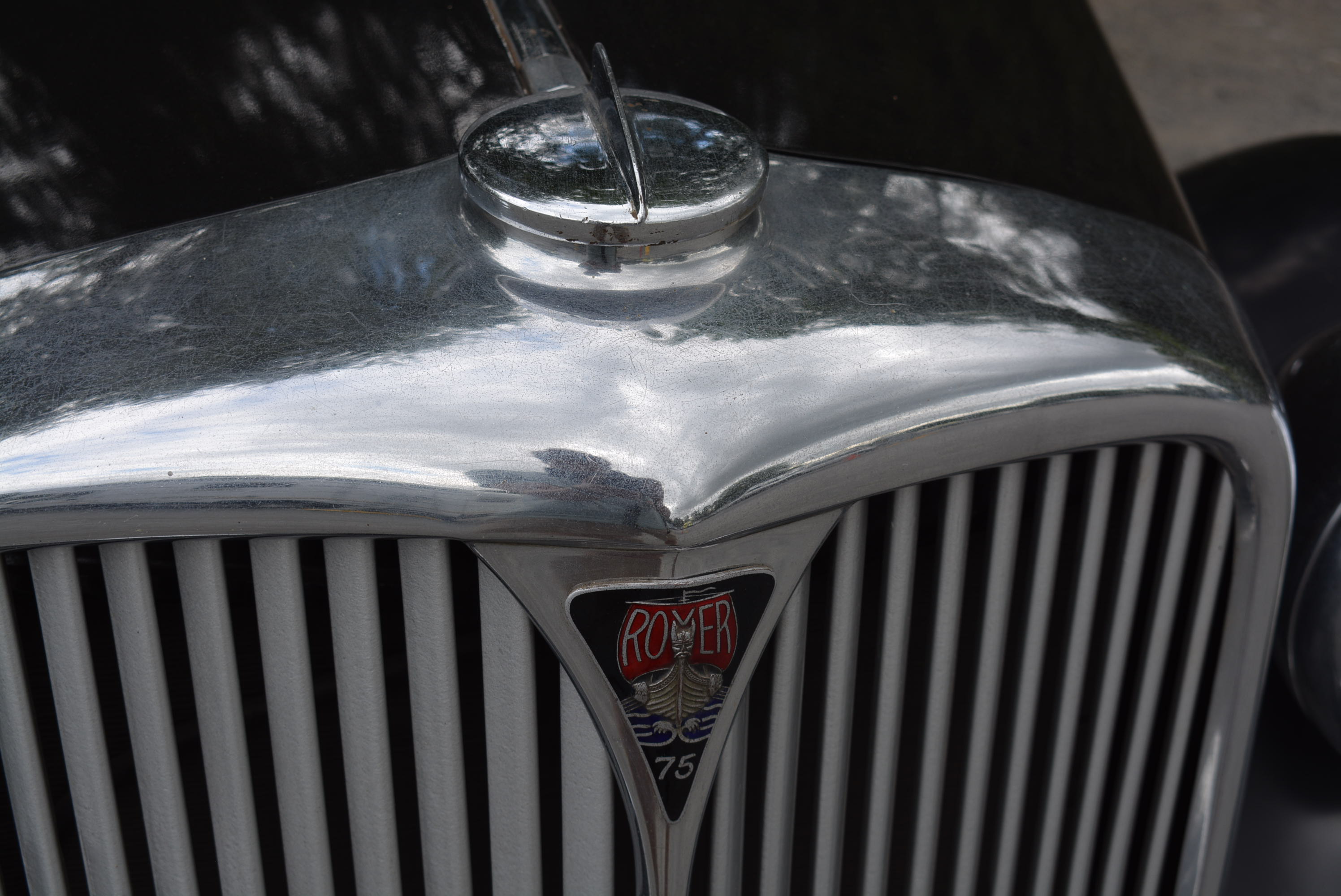 | |||||
 | 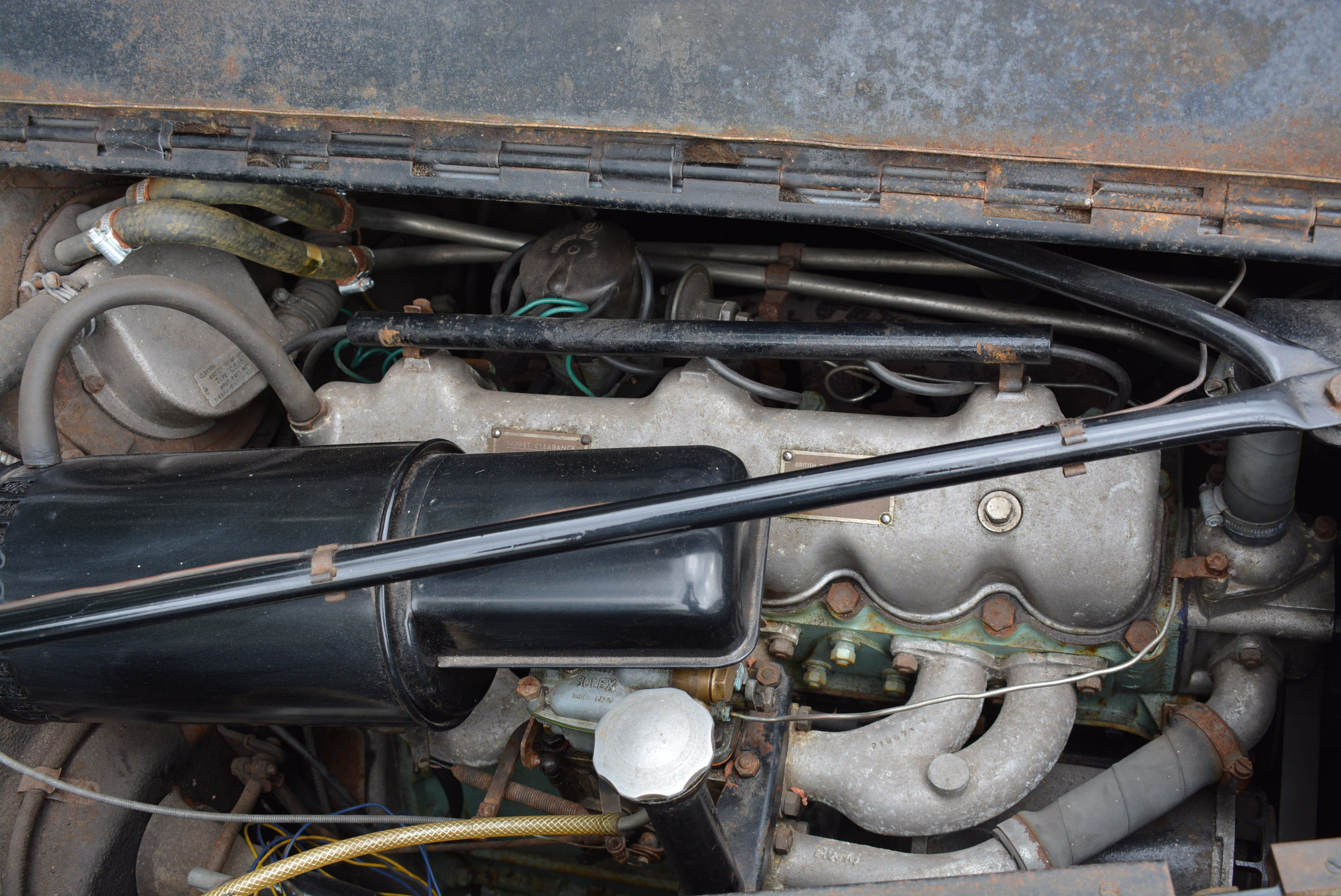 | 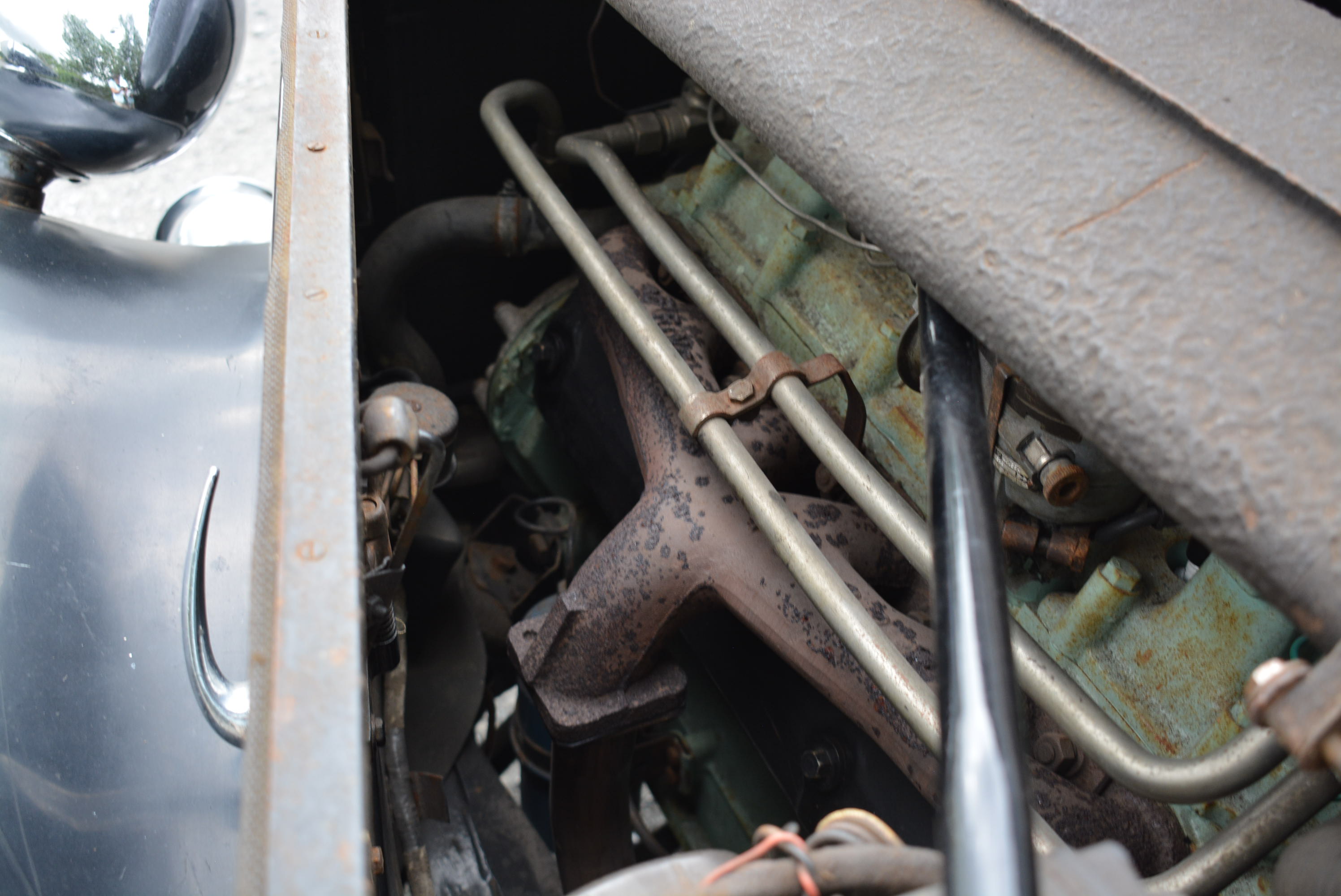 | 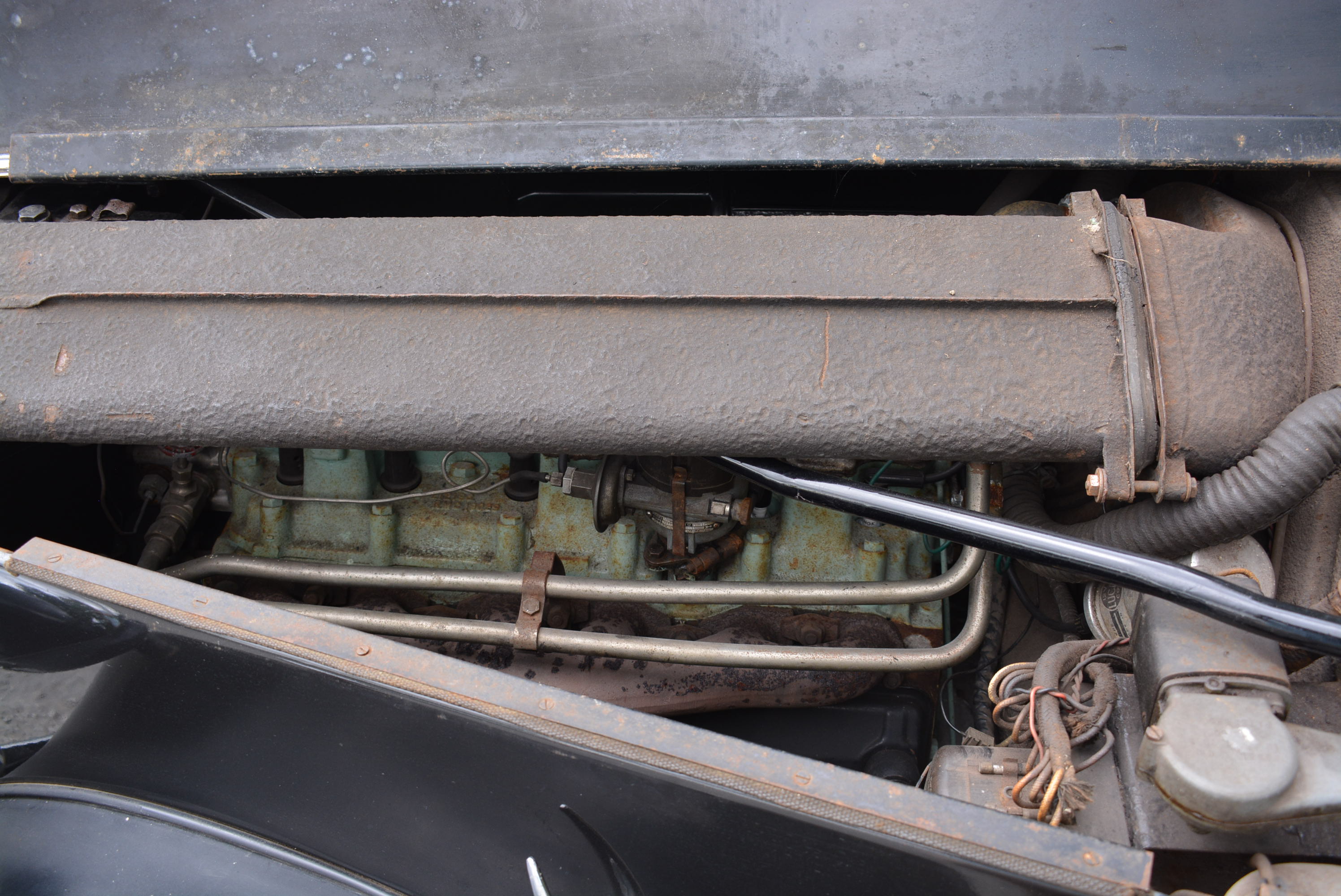 |
| Lot number | 71 |
|---|---|
| Hammer value | £4,592 |
| Description | Rover P3 75 Sports Saloon |
| Registration | FWV 100 |
| Year | 1949 |
| Colour | Black |
| Engine size | 2,103 cc |
| Chassis No. | 9432149 |
| Engine No. | 9416452 |
| Documents | V5C; copy old style logbook; restoration photos; invoices; workshop manual |
The Rover P3 was very much an interim model and was only in production from 1948-49. It featured a new engine that had been in preparation since the late 1930s with overhead inlet and side exhaust valves and was made in two versions: the 60 had a four-cylinder unit of 1,595cc and the 75 had a six-cylinder version of 2,103cc. The gearbox and traditional Rover freewheel were kept unchanged from the previous model 12.
Although the body was similar in styling to the Rover 12 and 16, many of the body panels were in fact new and despite having a wheelbase 4.5-inches shorter than the 16, the 75 was roomier inside. Also new, and a first for a Rover, was independent front suspension but the brakes remained a hydraulic/mechanical hybrid system. Rather than having a complete chassis, the new frame, which was a box section, stopped short of the rear axle and the rear semi-elliptic springs were attached to the body. This allowed the rear axle travel to be increased and an improved ride resulted.
Two body styles were available, a six-light saloon and four-light Sports Saloon. The cars were expensive at £1,080 for the 60 and £1,106 for the 75, and with early post-war production problems and material shortages it was never intended that the cars would be produced in large numbers. Eventually, 1,274 of the 60 and 7,837 of the 75 models were made before the car was replaced by the all-new P4 of 1949.
On the face of it, this delightfully original 75 Four-Light Sports Saloon looks to have remained untouched for its entire life. The truth however is somewhat different. The vendor, who is clearly a stickler for originality was very much taken with the condition of this car but needed to do something about its condition underneath. He set about a careful restoration which involved removing the body from the chassis, making the necessary repairs and rebuilding the front suspension at the same time.
The underside of the floor was cleaned, prep’d and treated and new side sills made. There is no rust underneath – in fact the oft quoted phrase ‘as good underneath as it is on top’ does not apply in this case, as the underside is significantly smarter that the visible coachwork, if less visually appealing.
The vendor has attended to several areas of the paintwork, as they were verging on the tatty rather than the shabby chic and the interior remains gloriously original apart from new carpets which don’t detract from the overall effect.
It is believed to have had just two previous owners, has what the owner describes as a lovely quiet engine and comes with the attractive transferable number FWV 100. A refreshing change from the over, or badly restored car, this charming old P3 is only for sale due to lack of use.
Bidders are advised that the vendor has a significant stash of spares which are available by separate negotiation.